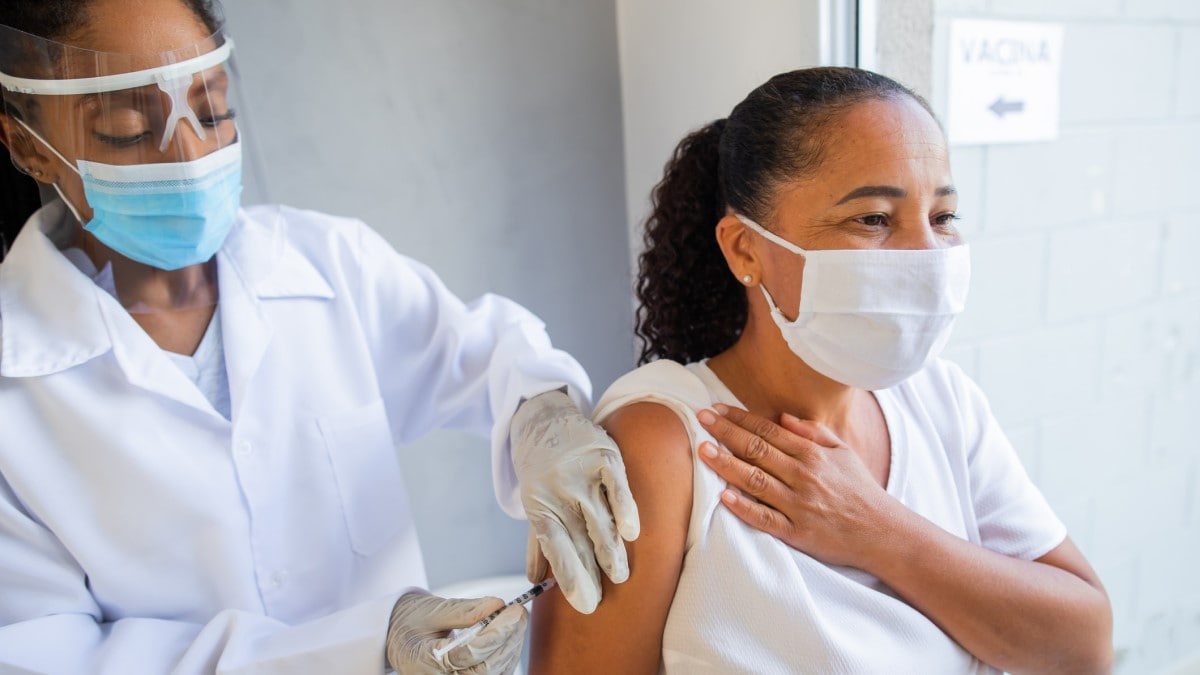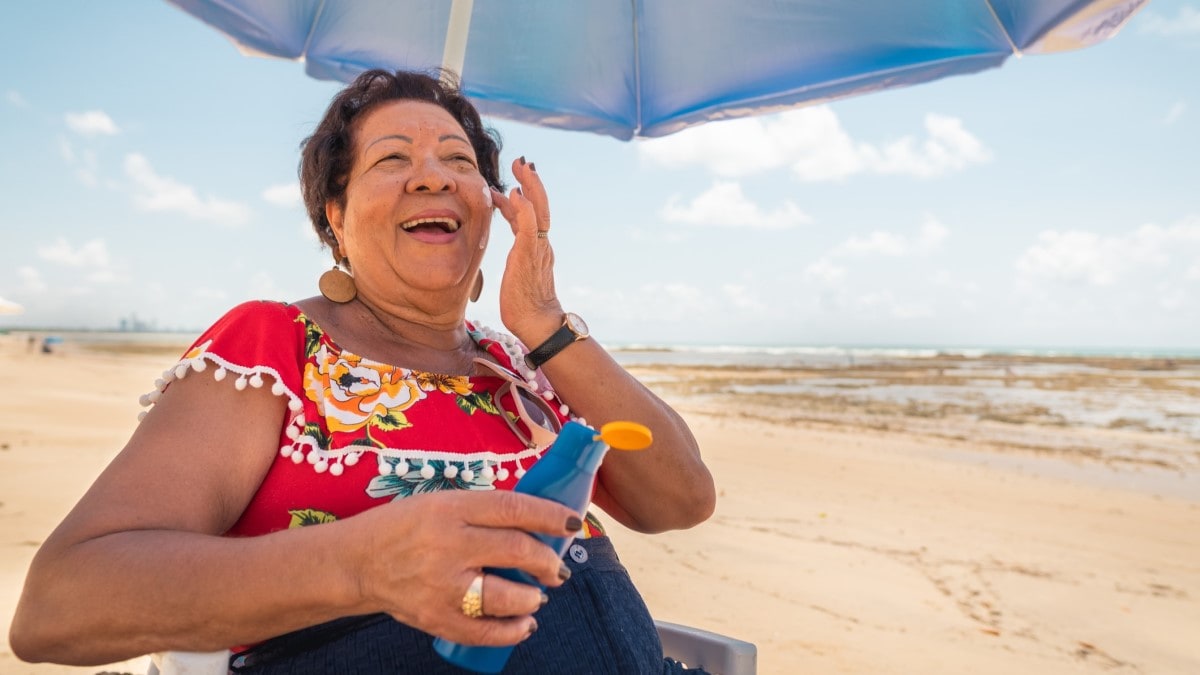What to know
CDC’s Division of Cancer Prevention and Control conducts and supports studies to reduce the burden of cancer and eliminate health disparities.

Overview
CDC contributes data and scientific expertise on:
- Cancer prevention and risk behaviors.
- The quality and appropriate use of cancer screening.
- The cost and cost-effectiveness of cancer control programs.
- Health and wellness after a cancer diagnosis.
- Efforts to advance health equity.
Use our Citation Search Tool to find scientific articles by title, journal, author, year of publication, and topic.
CDC's latest cancer research
- Cervical cancer incidence and trends among women aged 15–29 years by county-level economic status and rurality—United States, 2007–2020
- Colorectal cancer messaging and gaps in knowledge among screening-eligible individuals
- Role of community-clinical partnerships to promote cancer screening: lessons learned from the National Breast and Cervical Cancer Early Detection Program
- The role of HPV16 in oral cavity and laryngeal cancers in the United States
- Faith-based messaging and materials for colorectal cancer screening in the United States: application of boot camp translation within the African Methodist Episcopal Church
Articles
People who inject drugs have a higher risk of getting liver cancer.
In 2019, about 1.3 million Medicare beneficiaries 65 or older were screened for cervical cancer.
More people with cancer died from another cause during peaks in COVID-19 infection.
Breast cancer deaths are decreasing in the United States overall, but disparities still exist.
Native American people are more likely to get certain cancers compared to non-Hispanic White people.
The HPV vaccine may be helping to reduce cervical cancer.
Millions of pelvic exams and Pap tests done on young women are probably unnecessary.
Less than half of older adults protect their skin from the sun when outside.
Some women who are 65 or older should be screened for cervical cancer.









